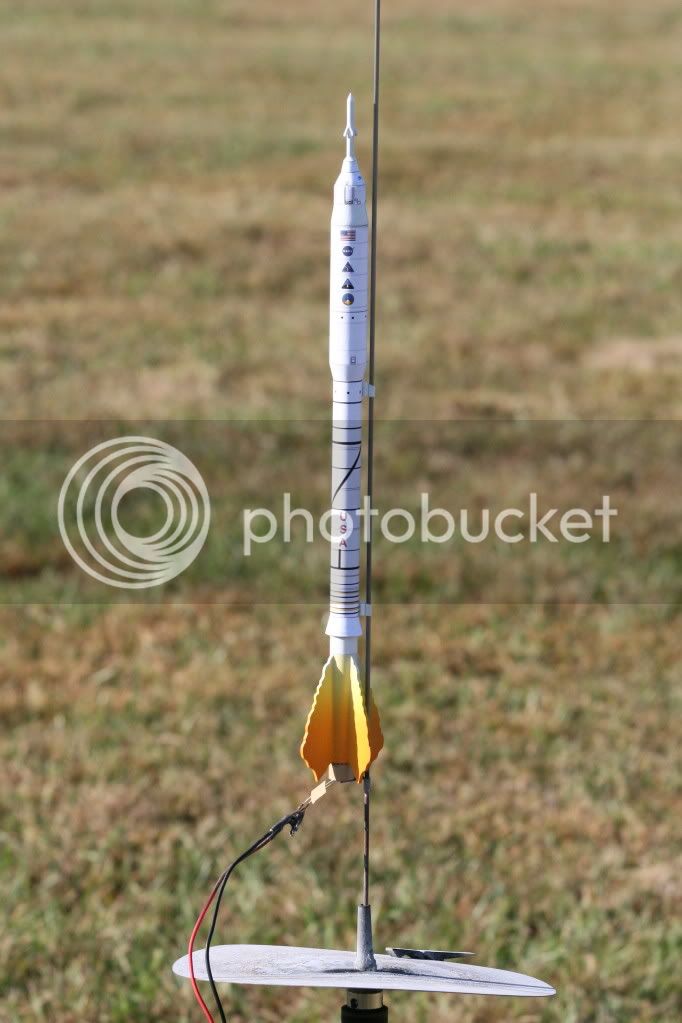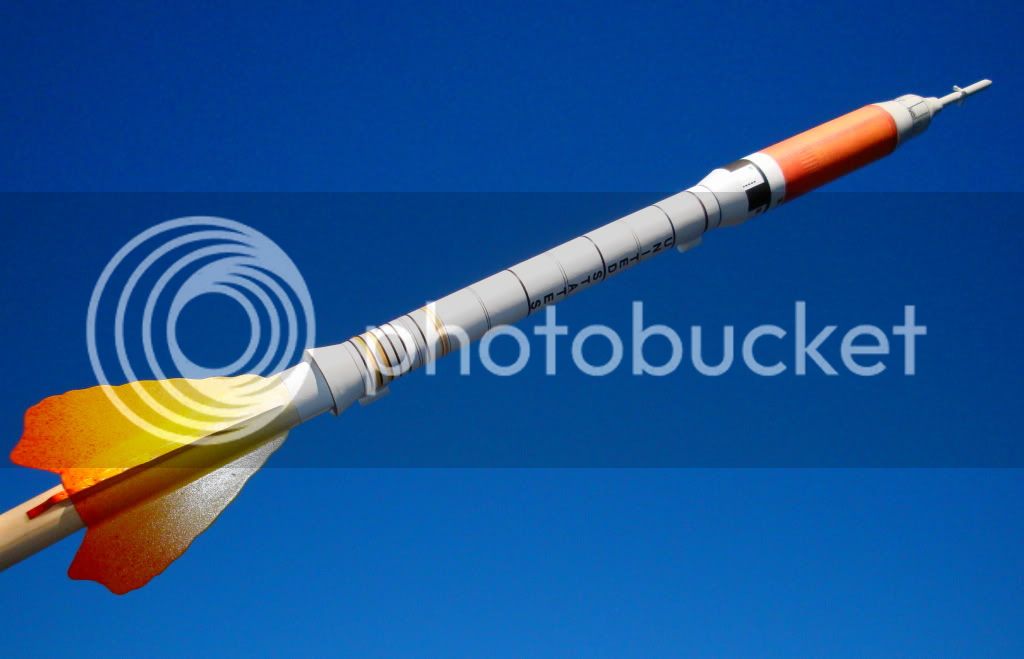Welcome to the SCALE - Ares I Gallery on TRF.
This gallery showcases the Ares I and those rockets derived from it. Particularly appropriate in this thread are the following:
Dr. Zooch: Ares I-X:
as well as any upscales, downscales, clones, kitbashes or other derivative works. Even Goonies qualify!
Ares I was the crew launch vehicle that was being developed by NASA as part of the Constellation Program. The name "Ares" refers to the Greek deity Ares, who is identified with the Roman god Mars. Ares I was originally known as the "Crew Launch Vehicle" (CLV).
NASA planned to use Ares I to launch Orion, the spacecraft intended for NASA human spaceflight missions after the Space Shuttle was retired in 2011. Ares I was to complement the larger, unmanned Ares V, which was the cargo launch vehicle for Constellation. NASA selected the Ares designs for their anticipated overall safety, reliability and cost-effectiveness. However, the Constellation program, including Ares I was canceled in October 2010 by the passage of the 2010 NASA authorization bill. Existing Constellation contracts remain in place until Congress passes a new funding bill.











